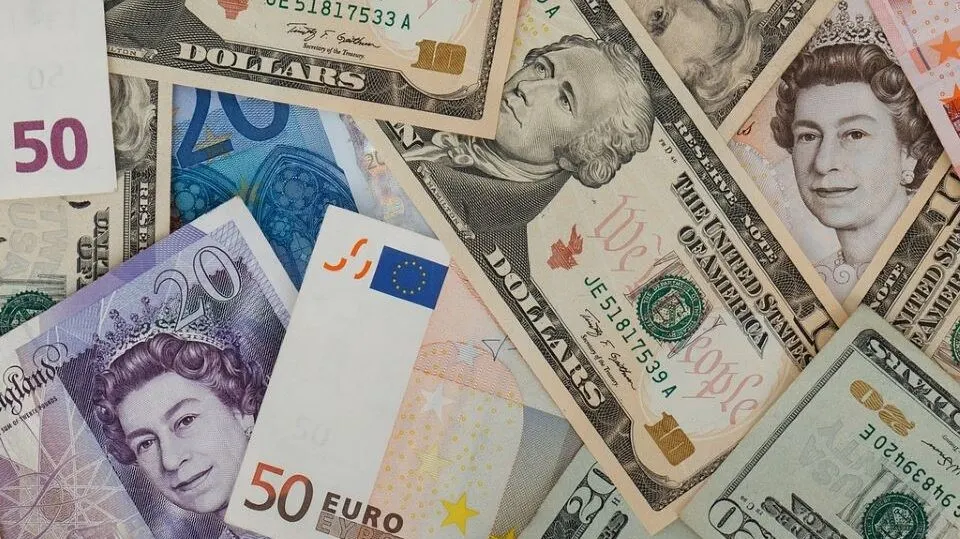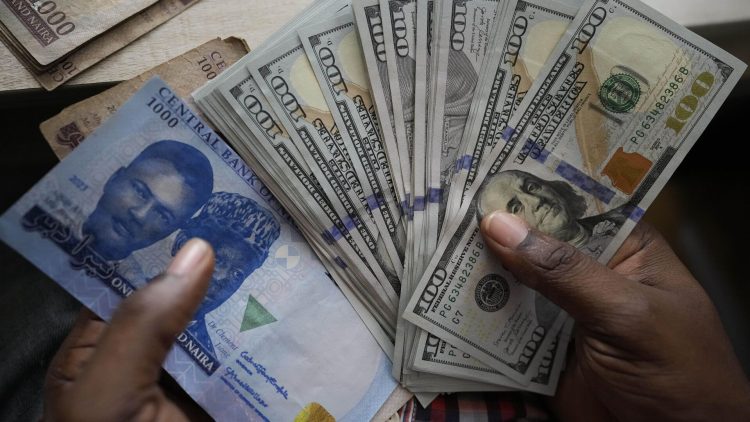Introduction: Money as a Weapon and a Bridge
Money is never just about economics—it is also about power. Throughout history, currencies have acted both as weapons of conflict and as instruments of cooperation. In the 21st century, with globalization under pressure and new technologies reshaping finance, the geopolitics of money has become one of the most pressing dimensions of international relations.
While some nations seek to preserve monetary dominance, others aim to challenge it. At the same time, the growing interconnectedness of global trade and finance forces cooperation. This tension between currency wars and monetary cooperation defines today’s world order.
1. A Historical Glimpse: From Gold to Dollar Dominance
1.1 Currency Wars in History
- In the 1930s, competitive devaluations worsened the Great Depression as nations sought export advantages.
- During the Cold War, monetary blocs reflected geopolitical divisions.
1.2 The Rise of the U.S. Dollar
- Bretton Woods (1944) established the dollar as the anchor of the global monetary system.
- Even after the collapse of the gold standard in 1971, the dollar maintained dominance through military strength, economic size, and deep capital markets.
1.3 The Era of Dollar Hegemony
- Oil trade priced in dollars (“petrodollar system”) reinforced U.S. influence.
- Sanctions and financial restrictions turned the dollar into a tool of foreign policy.
2. Currency Wars in the 21st Century
2.1 The U.S. Dollar as Both Stability and Weapon
- The dollar accounts for ~60% of global reserves.
- U.S. sanctions on Iran, Russia, and others demonstrate how financial dominance can shape geopolitics.
2.2 The Rise of the Renminbi (RMB)
- China’s push for RMB internationalization via Belt and Road, trade settlements, and the digital yuan.
- RMB included in IMF’s Special Drawing Rights (SDR) basket in 2016, symbolizing growing legitimacy.
2.3 The Euro and Regional Alternatives
- The euro remains the second most used currency, though limited by lack of fiscal union.
- Emerging regional blocs explore alternatives (e.g., BRICS currency discussions, Gulf Cooperation Council currency talks).
2.4 Digital Currencies as Geopolitical Tools
- China’s digital yuan could bypass SWIFT, reducing U.S. leverage.
- U.S. considers a digital dollar to maintain influence.
- Cryptocurrencies challenge state control but remain politically sensitive.
3. Currency Cooperation: The Other Side of the Story
3.1 International Institutions
- IMF: Provides stability through SDRs and lending mechanisms.
- BIS (Bank for International Settlements): Platform for central bank coordination.
3.2 Swap Lines and Crisis Response
- During the 2008 financial crisis, U.S. Federal Reserve extended dollar swap lines to stabilize markets.
- In the COVID-19 pandemic, similar mechanisms prevented global liquidity shortages.
3.3 Regional Currency Initiatives
- EU monetary union demonstrates both the benefits and risks of shared currency.
- ASEAN and African regional blocs experiment with local currency settlements.
3.4 The Paradox of Interdependence
- While nations seek autonomy, the interconnectedness of global finance forces coordination.
- Even rivals depend on common infrastructure such as SWIFT and dollar liquidity.

4. The Dual Nature of Monetary Power
4.1 Currency as a Strategic Weapon
- Sanctions weaponize financial systems against adversaries.
- Exchange rate manipulation accusations fuel tensions (e.g., U.S.-China disputes).
4.2 Currency as a Global Public Good
- Stable monetary systems enable trade, investment, and growth.
- Cooperative institutions reduce uncertainty and volatility.
4.3 The Dilemma of Sovereignty vs. Integration
- Nations want control over monetary policy but also rely on global systems.
- This dilemma underlies many 21st-century conflicts in monetary governance.
5. Future Scenarios: Fragmentation or New Cooperation?
Scenario 1: Dollar Continuity with Adjustments
- Dollar dominance remains, but with gradual diversification toward RMB and euro.
Scenario 2: Multipolar Currency Order
- U.S., China, and EU form three monetary centers, with regional blocs aligning differently.
Scenario 3: Digital Disruption
- CBDCs and blockchain platforms reduce reliance on existing systems like SWIFT.
- Technology enables more bilateral and regional monetary systems.
Scenario 4: Global Monetary Reform
- Strengthening of SDRs or creation of new global reserve currency under IMF coordination.
- Requires unprecedented political will, which is currently lacking.
Conclusion: Between Conflict and Cooperation
The geopolitics of money in the 21st century is defined by contradiction. On one hand, states use currencies as instruments of power, waging currency wars through sanctions, exchange rate policies, and competitive innovations. On the other, the deep interdependence of global finance makes cooperation unavoidable.
The future will not be purely confrontational or purely cooperative—it will be hybrid. Nations will compete for monetary dominance while simultaneously collaborating to prevent systemic collapse.
Ultimately, money is not just an economic medium. It is a symbol of sovereignty, a weapon of politics, and a foundation of global order. How nations manage this balance will shape not only financial markets but the trajectory of world politics in the decades to come.
















































